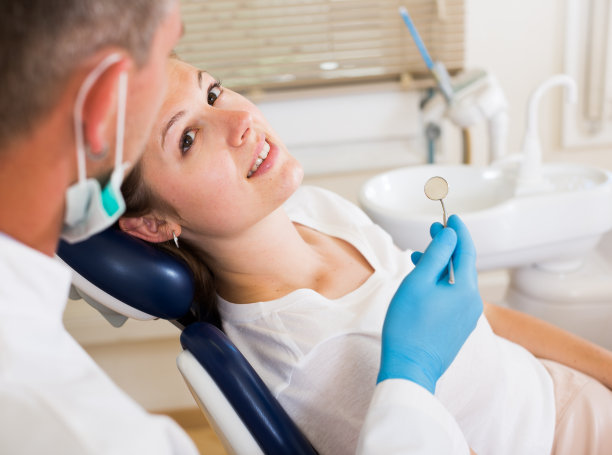Essential Guidelines to Ensure Optimal Care and Success After Dental Filling Procedures
Summary: Dental filling procedures are essential for restoring the integrity of a tooth affected by decay or damage. However, the care and management following these procedures play a crucial role in ensuring their success. This article provides essential guidelines on optimal care post-dental filling, focusing on four critical aspects: understanding post-procedure care, dietary recommendations, maintaining good oral hygiene, and recognizing potential complications. By adhering to these guidelines, patients can safeguard their dental health and enhance the longevity and effectiveness of their fillings.
1. Understanding Post-Procedure Care

After receiving a dental filling, it is important to understand the immediate post-procedure care necessary for optimal recovery. Initially, patients may experience some sensitivity in the treated area. Its essential to give your mouth time to adjust to the new filling material and to avoid biting on the treated side until the anesthesia wears off.
Furthermore, be mindful of any discomfort that may arise after the procedure. If the discomfort persists beyond a few days, it is advisable to consult your dentist to rule out any complications or the need for adjustments.
Taking prescribed pain relievers can alleviate discomfort and reduce inflammation. Your dentist may recommend over-the-counter options or may prescribe medication for more significant pain to ensure a smooth recovery.
2. Dietary Recommendations for Recovery
Your diet plays a significant role in the healing process after a dental filling. In the first 24 hours post-procedure, it is beneficial to stick to soft foods that require minimal chewing to avoid putting undue pressure on the new filling. Options such as yogurt, mashed potatoes, and smoothies are excellent choices.
Additionally, it is wise to avoid very hot or cold foods and beverages, as these can exacerbate sensitivity in the filled tooth. It鈥檚 important to also stay away from sticky or hard foods that could dislodge or damage the filling.
Hydration is key during this period, so ensure you drink plenty of water while avoiding sugary drinks that can impact oral health. Gradually reintroducing regular foods after the initial healing period can help set a foundation for continued dental health.
3. Maintaining Good Oral Hygiene
Good oral hygiene practices must be maintained following a dental filling to promote recovery and prevent future dental issues. Brush your teeth gently, avoiding the filled area for the first few days; this practice will help minimize irritation to the sensitive area.
Flossing is also crucial, but it should be approached with caution. Be gentle around the filled tooth to avoid dislodging it while still ensuring that the surrounding gum tissue remains healthy. Regular brushing twice daily and flossing once a day is essential in maintaining your overall dental health.
Regular dental check-ups should not be overlooked, as these allow for professional cleaning and the detection of any potential issues with the filling, ensuring that your oral health remains in optimal condition. Your dentist can provide tailored advice on hygiene practices tailored to your specific situation.
4. Recognizing Potential Complications
Understanding the potential complications that may arise after a dental filling is vital for immediate intervention and long-term dental health. If you experience prolonged sensitivity to pressure, hot, or cold stimuli beyond the expected duration, this could indicate an issue with the filling or underlying tooth structure.
Other signs to watch for include persistent pain, swelling, or the filling appearing loose or dislodged. If any of these symptoms are present, contacting your dentist promptly can prevent more severe issues from developing.
Moreover, if you notice changes in the color or texture of the filling, it may be a signal that a replacement or adjustment is required. Regular monitoring and communication with your dental care provider are crucial for identifying and addressing any complications early on.
Summary:
In conclusion, proper care and adherence to these essential guidelines following dental filling procedures can significantly influence the success and longevity of your dental work. From understanding post-procedure care to recognizing complications, each aspect plays a pivotal role in maintaining your dental health.
By following these recommendations, patients can ensure an optimal recovery and protect their investment in dental health. Remember, regular communication with your dental care provider is crucial for sustained oral health.
This article is compiled by Vickong Dental and the content is for reference only.


